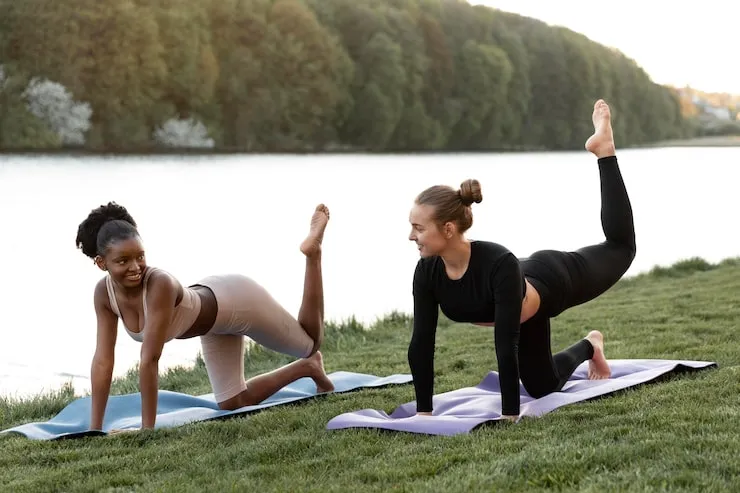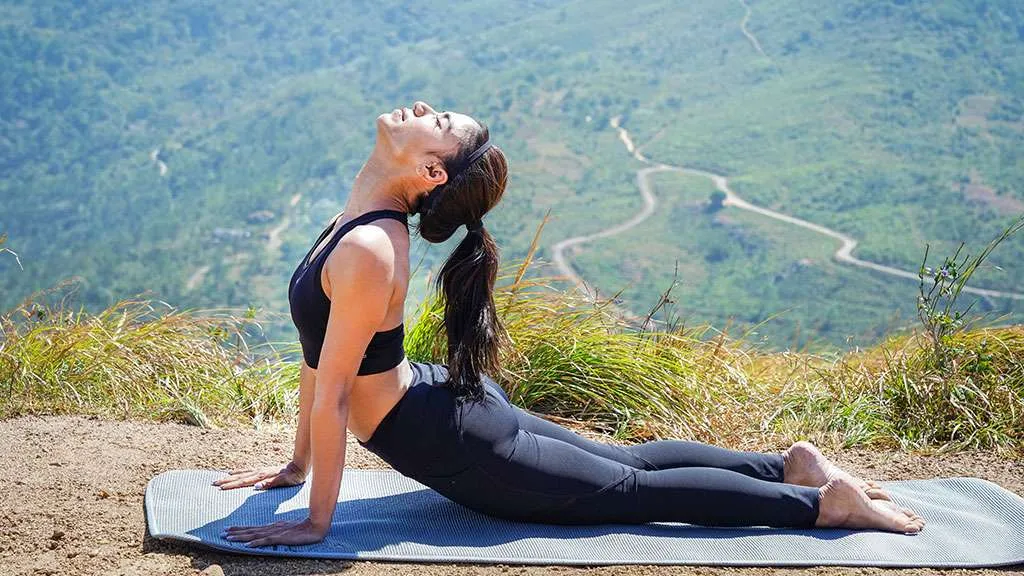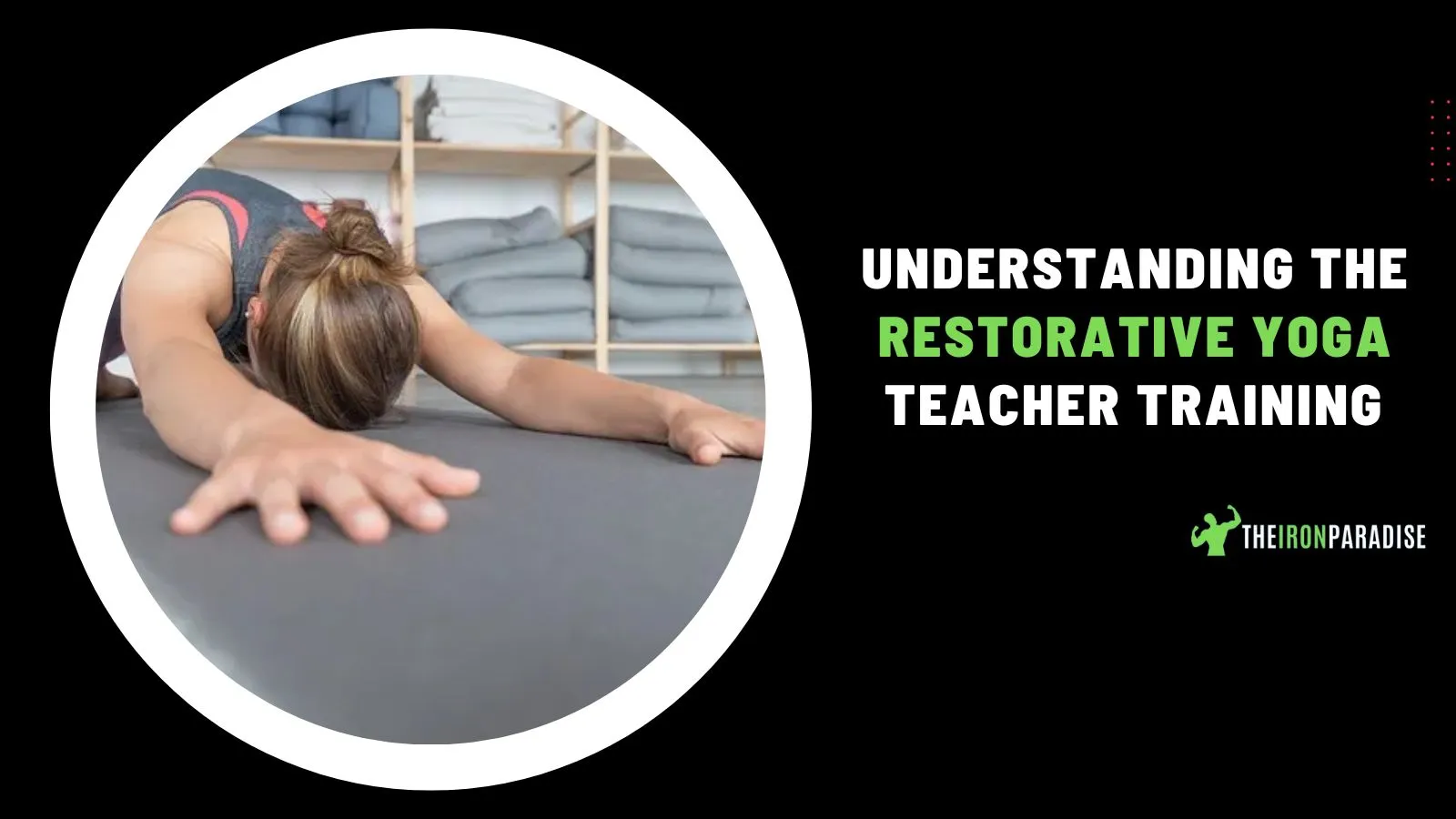
Restorative yoga is extra than just a chilled workout it is a transformative adventure into deep relaxation, recuperation, and mindfulness. In in recent times’s immoderate-stress worldwide, this gentle however powerful form of yoga has acquired widespread recognition, and with it, a growing demand for expert restorative yoga teachers. If you’re thinking about increasing your yoga coaching credentials or truly diving deeper into this soothing practice, Restorative Yoga Teacher Training is probably the following widespread step to your route.
In this manual, we’ll discover what restorative yoga is, what trainer education involves, who it’s for, and the way it could surely effect your personal and expert life.
What Is Restorative Yoga?

Restorative yoga is a gradual, meditative shape of yoga designed to spark off the parasympathetic fearful device—the part of our frame accountable for rest and rest. It emphasizes stillness, deep respiratory, and supported poses that allow the frame to absolutely loosen up.
Unlike more active types of yoga, restorative yoga uses props like blankets, bolsters, straps, and blocks to guide the frame in passive poses for prolonged intervals, regularly beginning from five to 20 mins. The goal isn't to stretch or make stronger, however to surrender.
Benefits of Restorative Yoga
Reduces strain and anxiety
Improves sleep great
Balances the worried device
Promotes bodily and emotional restoration
Supports recovery from harm or infection
Why Train in Restorative Yoga?
Whether you’re a seasoned yoga teacher, a therapist, or a health enthusiast, restorative yoga instructor education gives severa benefits.
1. Deepen Your Personal Practice
One of the principle reasons human beings sign up in restorative yoga instructor schooling is to deepen their private facts of rest, self-care, and internal peace. You’ll discover ways to combine this recovery modality into your private life.
2. Expand Your Teaching Toolkit
If you’re already an authorized yoga teacher, which include restorative yoga on your repertoire lets in you to offer training that cater to exceptional dreams. This is mainly beneficial for university students who are older, recovering from harm, or dealing with persistent stress.
3. Create a Safe Healing Space for Others
Restorative yoga coaching is a deeply empathetic exercise. You research not just the physical postures, however the way to hold a nurturing, non-judgmental area that permits emotional launch and involved gadget restore.
What to Expect in a Restorative Yoga Teacher Training?
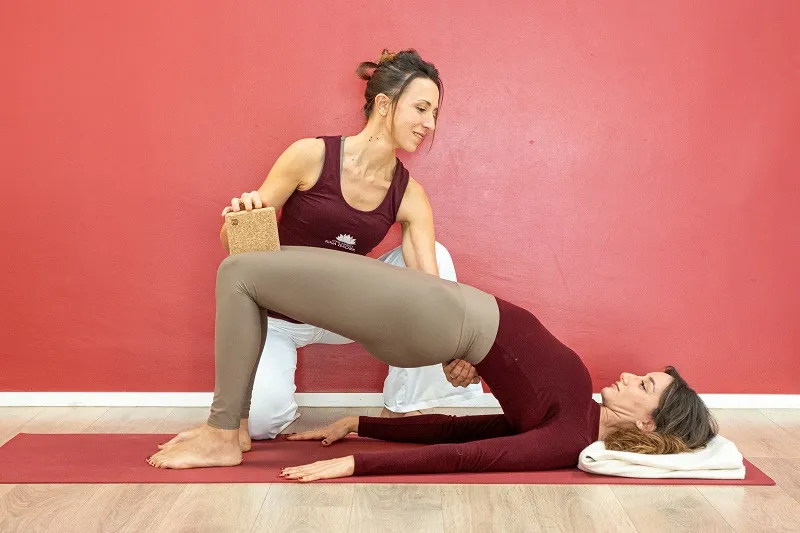
Training programs can vary, however most restorative yoga instructor schooling publications provide a mixture of theory, realistic experience, and education methodology.
Curriculum Highlights
Here’s what a fashionable schooling might likely include:
History and Philosophy of restorative yoga
Anatomy and frame structure of relaxation and the nervous machine
Pose breakdowns, which include a manner to apply props effectively
Breathwork and meditation techniques
Sequencing and sophistication design
Trauma-informed coaching thoughts
Hands-on changes and assists
Self-care practices for teachers
- Training Format
- Restorative yoga teacher trainings may be supplied:
- In-person (weekend intensives, 5-10 day retreats, or multi-week packages)
- Online (stay Zoom intervals or self-paced video modules)
- Hybrid (a combination of the above)
- Training intervals can variety from 20-hour foundational applications to 100-hour advanced certifications.
Who Should Enroll in Restorative Yoga Teacher Training?
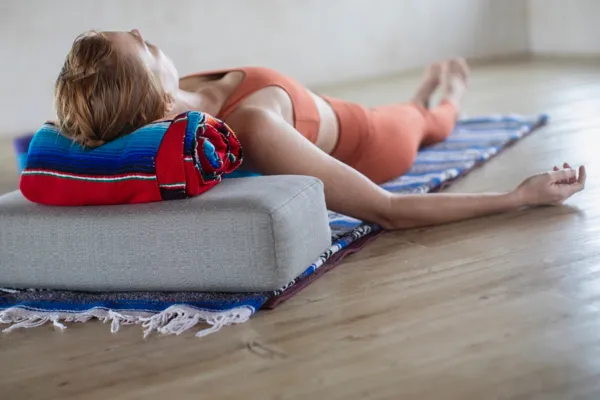
This training is open to a massive form of individuals. You don’t commonly want to be an authorized yoga teacher to enroll in, despite the fact that many programs do require at least a 2 hundred-hour foundational yoga certification (RYT-2 hundred).
Ideal Candidates Include:
- Certified yoga teachers trying to specialize or diversify
- Health experts (nurses, counselors, bodily therapists)
- Massage therapists or bodyworkers
- Mindfulness and meditation facilitators
- Anyone interested by the restoration arts
Even if you don’t plan to train professionally, this education may be lifestyles-converting in your private boom and well-being.
Restorative vs. Yin Yoga: What’s the Difference?
A commonplace question during training is how restorative yoga differs from yin yoga. While every involve lengthy-held poses and a slower tempo, the purpose within the returned of each is notable:
Understanding the ones distinctions helps you higher tailor your education and speak successfully collectively together with your university college students.
How to Choose the Right Restorative Yoga Teacher Training Program?
With such a whole lot of packages available, how do you recognize which one is proper for you? Here are a few hints that will help you pick accurately:
1. Verify Credentials and Reviews
Look for applications taught via manner of skilled, certified teachers who specialize in restorative yoga. Check testimonials and examine reviews to make certain fantastic and authenticity.
2. Check Curriculum Depth
Make fantastic the curriculum is going beyond surely poses and consists of annoying device training, trauma-knowledgeable care, and hands-on education experience.
3. Consider Format and Flexibility
Choose a layout that fits your lifestyle. If you are balancing a technique or family, an online or weekend-based totally training also can fit you higher.
4. Look for Certification Recognition
Ensure the education offers a certificate of completion that’s identified by using Yoga Alliance (if you're a registered yoga instructor).
What Happens After Certification?
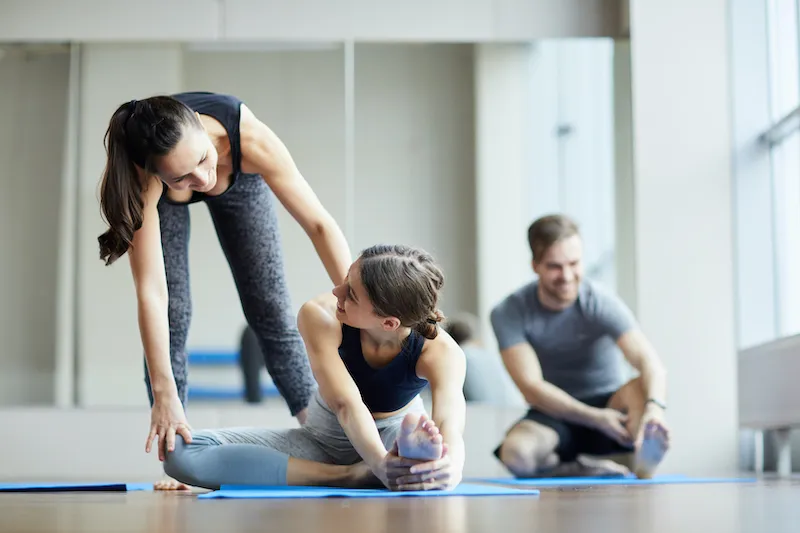
- After finishing your restorative yoga trainer training, you’ll be geared up to:
- Teach restorative yoga schooling or workshops
- Offer non-public lessons tailored to individual wishes
- Integrate restorative requirements into distinctive elegance codecs (e.G., vinyasa, prenatal, chair yoga)
- Collaborate with healthcare vendors or wellbeing facilities
- Develop your personal recuperation-primarily based programs or retreats
Many graduates additionally find out the education opens doors to deeper self-inquiry, meditation, and healing modalities.
Challenges and Misconceptions
While restorative yoga seems smooth from the outdoor, coaching it nicely requires a nuanced information of the frame, breath, and emotional maintaining.
Common Challenges Include:
- Managing magnificence silence and stillness (not dashing)
- Creating secure regions for emotional release
- Cueing with fewer phrases but extra presence
- Customizing poses for severa needs and injuries
Misconceptions:
“It’s really lying round.” Actually, restorative yoga poses are purposefully crafted and carefully installation to help deep relaxation.
“It’s too passive to be effective.” Science suggests that restorative practices may also have profound outcomes on cortisol stages, sleep exceptional, and wellknown health.
Final Thoughts: The Power of Stillness
In a global that glorifies hustle, productivity, and normal motion, restorative yoga gives a thorough act of stillness. By getting to know to train it, you become a manual for others to pause, experience, and heal.
Whether you aim to complement your personal existence or professional offerings, restorative yoga teacher education is a worthwhile course. It enables you now not only serve others with compassion and understanding but additionally reconnect along with your personal feel of wholeness and peace.

